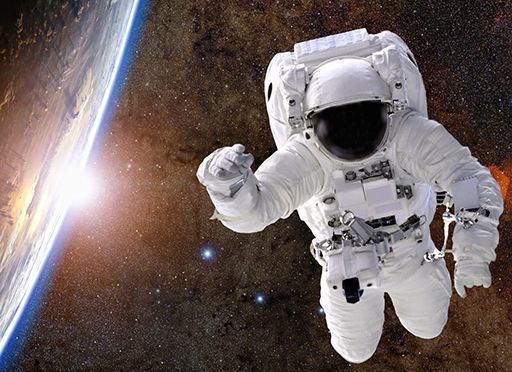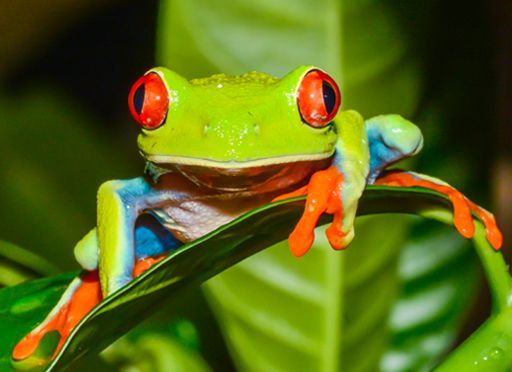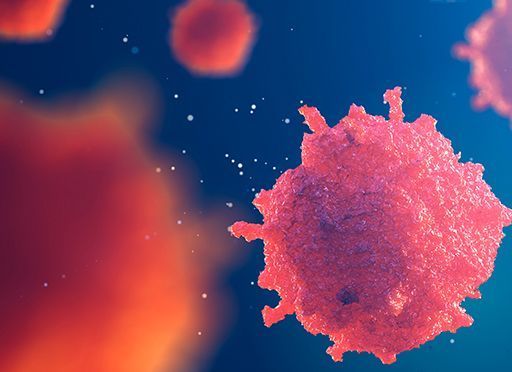Naturalist Charles Darwin defied centuries of science, belief and his society when he offered his then-shocking and now foundational theory of evolution.

The Foundational Text
For decades, Charles Darwin – one of the most influential people of all time – observed the structure and behaviors of organisms. His basic findings hold that all life competes and the strongest survive, driving natural selection and evolution. Darwin’s seminal work also reveals his doubts, his painstaking processes and the fascinating range of evidence underlying his theory, which has stood the test of time.
Theory of Evolution
Darwin began collecting and studying species in the 1830s as a naturalist aboard HMS Beagle. In 1842, he summarized his thoughts on paper and, two years later, in an essay – the foundation of his book.
Darwin’s great discovery, the universal principle of natural selection, is firmly and finally established as the sole agency of major evolutionary change.Julian S. Huxley
Alfred Wallace arrived at the general idea of natural selection independently in the late 1850s. Darwin quickly set about putting his theory to paper.
Published in 1859, On the Origin of Species electrified and divided the scientific community, launched new branches of science and has withstood the test of time.
Darwin’s work challenged the deeply held religious beliefs of his era. He confronted biological and paleontology orthodoxy, mobilizing powerful, vested authorities in the scientific community against him. Few were willing to accept that species evolved from each other.
Darwin believed environmental and other influences played a role in evolution, but that they remained subordinate to randomly occurring variations over long periods of time that arose from reproduction.
Today, because his theories incarnate the scientific standard and conventional wisdom, Darwin’s work may feel long, overly descriptive and repetitive. In 1859, every other page might have upset a reader.
Survival of the Fittest
For millennia, farmers and breeders selected plants and animals with desirable characteristics and bred, cross-pollinated or grafted them. They bred for enhanced weight, size, beauty and climate resilience, among other factors. Darwin used the example of domestic and deliberate selection to argue for a more powerful process he called natural selection.
Natural selection might take hundreds of thousands of years for visible differences to show and perhaps millions for new species to emerge from old. Darwin deduced that more variations occur in more abundant species. This logically demolishes the notion of a God creating all species independently.
Darwin observed variations that gave the possessor advantages and others that didn’t. The latter he referred to as monstrosities because they harmed the possessor’s chances at survival. If variation proves harmful to survival, its possessor won’t likely reproduce, thus terminating the perpetuation of the deformity.
A variation that proves advantageous to the possessor for survival and mating – such as color for camouflage, wing-like propellers on seeds, tastier fruit or a set of horns that attract the opposite sex – stands a better chance of passing to future generations.
There is no exception to the rule that every organic being naturally increases at so high a rate, that, if not destroyed, the Earth would soon be covered by the progeny of a single pair.Charles Darwin
These advantages help the bearer adapt to their environment and, become more likely to survive environmental change, win in the competition for life, reproduce, and pass on the beneficial traits. Darwin called this survival of the fittest.
Greater diversification of a species enables it to survive and dominate. Competition within and between species drives a continuous cycle of evolution and extinction. Extinction is common and frequent.
Natural selection creates a symbiosis. The lion evolves to better catch the antelope; the antelope to elude the lion and to digest indigenous foliage; the foliage adapts to repel the antelope, or if it is fruit, to attract birds or insects to spread its seed. A curve in a bird’s beak might help it reach more food; a plant might leak a sweet nectar or sap to attract insects that will spread its pollen or seeds.
Competition within and between species – as expressed by natural selection and survival of the fittest – drives adaptation and undergirds Darwin’s theory. It gains credibility in the observation of remote and isolated places, such as islands far from any mainland. There, species don’t evolve as quickly as they would on the mainland, due to less diversity. They adapt in unique ways, producing species not seen on the mainland.
Self-Questioning
Darwin admits ignorance of how variations work. He offers a vigorous questioning of his own theory. He addresses a central concern: If species undergo constant evolution – new species from old – why are there no in-between versions, either living beings or fossils?
Regarding fossils, Darwin blames the limitations of paleontology. Fossils that scientists have found, he argues, represent the tiniest fraction of organic life that has existed on Earth.
Instinct and Morphology
Darwin is cautious about instinct and habit. He believes animals employ varying degrees of instinct in their behaviors and he classes some behaviors as habit and others as instinct. Parents may teach their offspring habits but newborns only inherit instincts. Instincts don’t, over time, drive species behavior randomly. Instincts persist because they confer an advantage on the possessor.
Morphology involves the classification of species and variants by their structure. Darwin focused on the placement and function of internal organs, reproductive organs, means of reproduction and clues from useless organs that remain in species – such as the appendix in humans – to better classify species and variants using morphology.
Whilst this planet has gone cycling on according to the fixed law of gravity, from so simple a beginning endless forms most beautiful and most wonderful have been, and are being evolved.Charles Darwin
Darwin argues that nature does the same to all living things as humans do in a shorter period with domestic plants and animals. It improves them for the better.
The Flaming Sword
Darwin wrote, as he knew full well, for a world that would not welcome, and would viciously attack, pretty much every word of his book. Darwin also knew he was right. He overexplains and justifies and repeats himself and ties himself up in his own convoluted arguments. Yet, you cannot put his words down. Working through the thickets of Darwin’s reasoning, you can feel a new era, a new century, a new science dawning. You know that this is the flaming sword that sweeps all before it. And after, nothing was the same.








